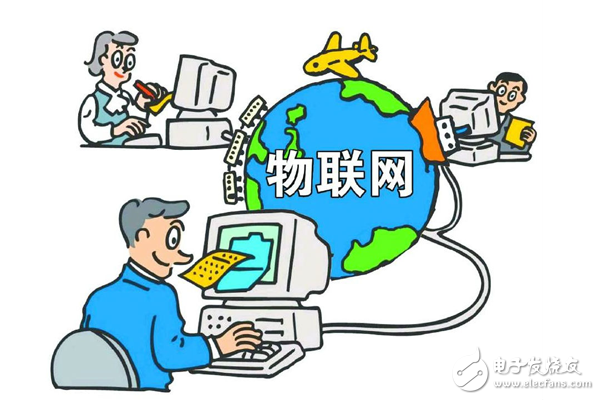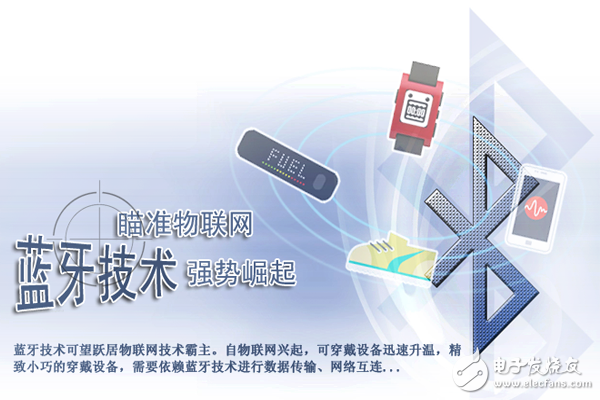It is reported that the Bluetooth organization alliance responsible for developing the Bluetooth technology standard announced that Bluetooth technology will undergo a series of major adjustments in order to support the rapid growth of network connection demand. According to the market data report of the Internet of Things in recent years, the innovation of Bluetooth technology will drive the rapid development of the Internet of Things in the next year and beyond, especially in the fields of smart wearable devices, smart home, smart medical care and health care.

The Internet of Things has developed rapidly in recent years, covering almost all intelligent application devices. The Bluetooth-based technology is widely used. The Bluetooth standard is characterized by intelligence, low power consumption, high connection speed and low cost. It has occupied the Internet of Things application market. The main core location. At present, Bluetooth technology has been widely used in all IoT smart products including smart home, consumer electronics, smart medical, automotive, smart wearable devices and intelligent building equipment to accelerate the pace of interaction between people and everything.
It can be said that Bluetooth has become the largest wireless communication technology in the Internet of Things. The current development trend of the Internet of Things has gradually changed from concept to reality, and Bluetooth technology is the core of all development processes.

In recent years, many Bluetooth solution manufacturers have developed Bluetooth module solutions with high efficiency, low cost, simple and practical, and long service life. This kind of blooming situation has also inspired the whole industry. Shengrun Technology is an ODM manufacturer specializing in the development of low-power Bluetooth 4.0, 4.1 and 4.2 solutions. It has many years of R&D experience and stable R&D team in the IoT low-power Bluetooth solution, using the Bluetooth 4.1 standard protocol stack. Based on the foundation, we have developed a solution that supports smart wearable devices such as mobile payment, many-to-many connection, smart home management, and health data tracking. It is a Bluetooth module solution that integrates multi-device management and has strong service and convenient performance.
In the future, whether it is a smart home scene or an automation industry, consumer electronics and buildings, all things and things will be interconnected, and Bluetooth connectivity technology can create more intelligent services on existing infrastructure through IP connectivity. This will create more new trends in the development of IoT applications through Bluetooth technology.

So how do users quickly choose the solution that suits them?
"In traditional applications, human-machine interface devices, health management, proximity sensing, to the recent emerging smart wear, smart medical, smart home, wireless charging, car and even industry 4.0 have the Internet of Things figure of the Internet" In the solution segment, there is no application with a market share of more than 35%. Because of the fragmentation of the market, for Bluetooth solution developers, the design of Bluetooth solutions is based on their market and interests, so it is difficult for IoT consumers to choose the right Bluetooth solution. Introduction to the technical director of Shengrun Technology: The selection of a suitable Bluetooth solution should be analyzed from several dimensions. “The scale strength of the R&D vendor, the frequency of the program update, and whether it is applicable to the latest smart devices†will be analyzed from these aspects. Reasonably selected for a Bluetooth solution.
Perhaps, in the next few years, the powerful integrated system of IoT Bluetooth can support smart transportation, smart logistics, and smart city applications.
Doorbell Transformer,nest doorbell transformer,24v doorbell transformer,buck boost transformer
Guang Er Zhong(Zhaoqing)Electronics Co., Ltd , https://www.poweradapter.com.cn
